Viola large-flowered: features of cultivation and description of varieties

Viola is a plant that can be found both in the wild and in cultivated form. The flower can be used to decorate a flower bed or to plant it in a pot; the large-flowered species, which is represented by several varieties, is especially in demand among gardeners.
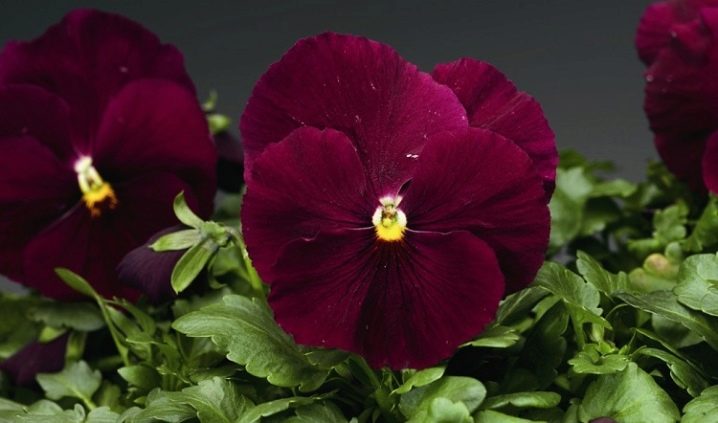
Characteristic
Viola belongs to the violet family, in appearance its flowers are very similar to ordinary violets. It occurs naturally in mountainous areas and in the northern part of the country. In total, 700 species of viola are recognized in the world, some of them grow in Africa, others in Australia, there are varieties from the Andes and New Zealand. Viola is better known to domestic gardeners as pansies.
All large-flowered varieties can be classified as herbaceous plants, which can reach a height of no more than 300 mm. The root system is fibrous, the stems are erect. The leaf plates have stipules, which are sometimes dissected.
Flowers are formed one by one, the diameter, depending on the variety, can reach 70 mm. Peduncles grow long. Flowers differ in shape and color, among the varieties there are:
- plain;
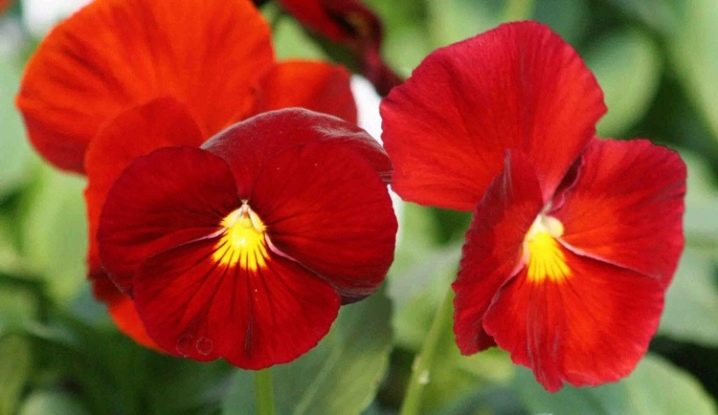
- two-color;
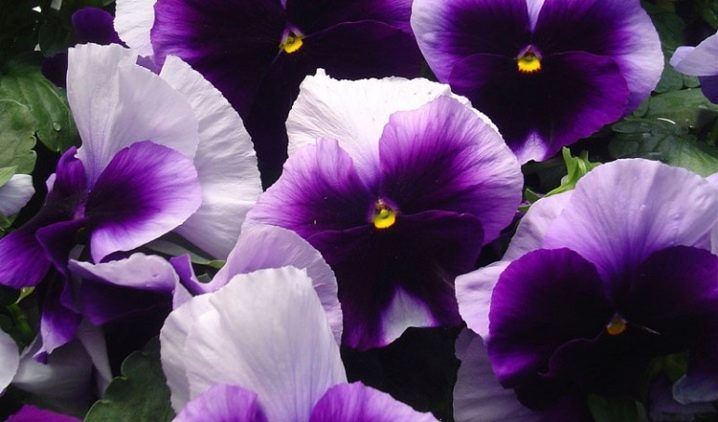
- tricolor;
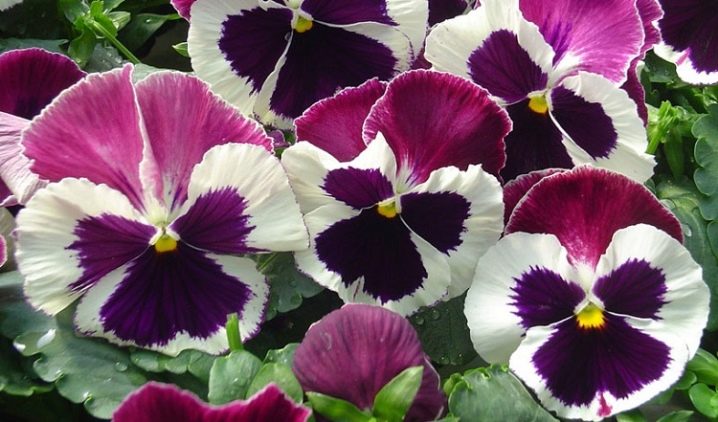
- with stripes;
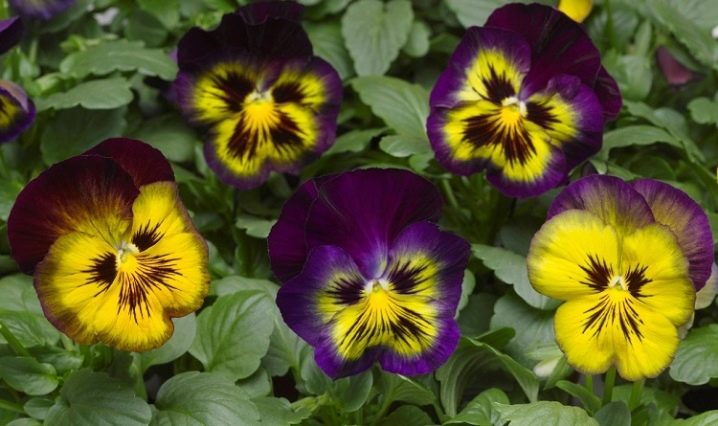
- with spots;
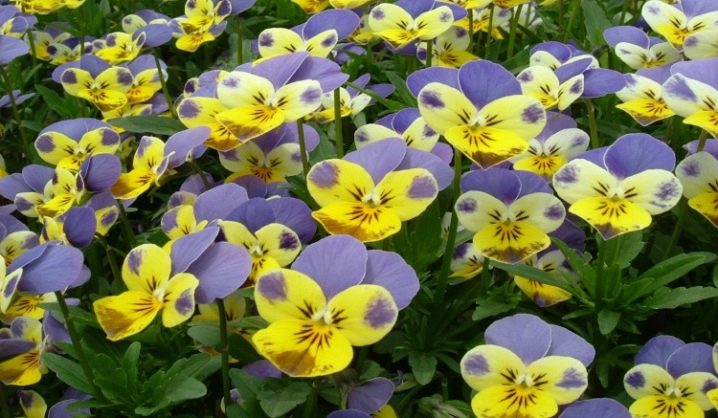
- with a wavy edge;

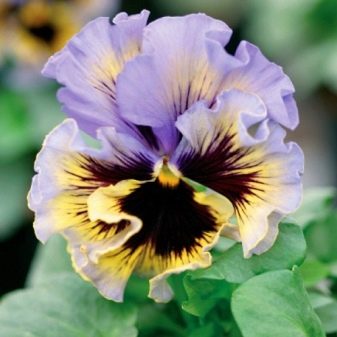
- terry.

All large-flowered viols bloom profusely, but the budding period depends on when the plant is planted. Sometimes this is the second half of March, but more often - the end of summer and before the first frost. Plant breeders managed to develop hybrid varieties that are distinguished by long flowering throughout the summer.
After the flower falls, a box of seeds is formed on it, capable of producing new viola for several years after harvest.
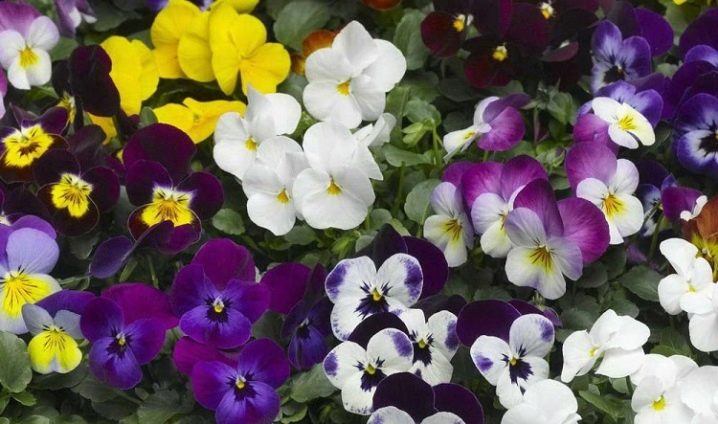
Views
There are many large-flowered species, but the best varieties are in particular demand from gardeners.
- "Delta"... A compact plant, but with a lot of shoots. It is represented by several hybrids, which differ in shades of flowers. There are yellow one-color and two-color flowers: purple, blue, blue and other shades. The height of the bush is up to 150 mm, while the width of the bud can reach 100 mm.
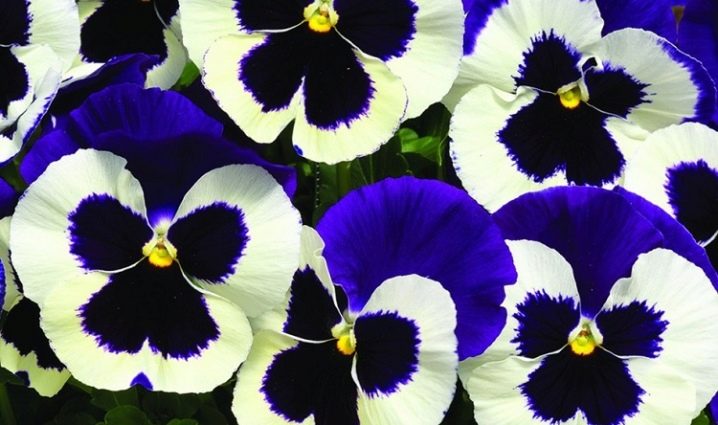
- "Mammoth sangria punch". With a single planting, flowers of various shades are formed in the bush, almost all of them are wine with a dark burgundy center on the petals. The buds are large, the stems are spreading, but the bush is compact. Even in the southern regions, where it is hot enough, the shoots do not stretch out.
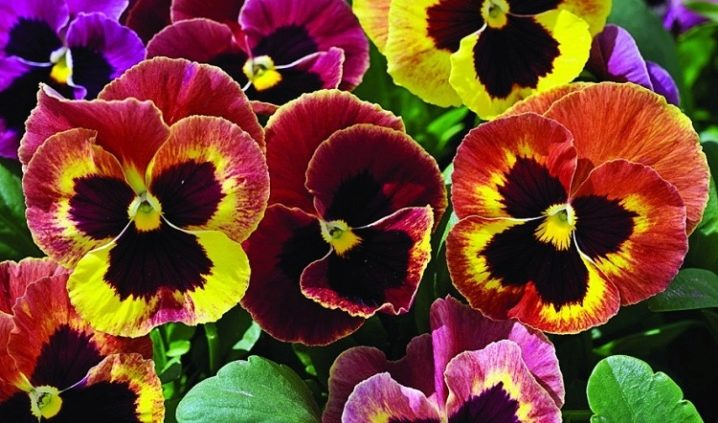
- Cello. This viola has amazing resistance to bad weather. The flower is a very pleasant raspberry shade, the middle is dark. The plant does not reach a height of more than 150 mm. With large flowers, which can be up to 100 mm wide, the flower looks voluminous, especially when planted in a pot.

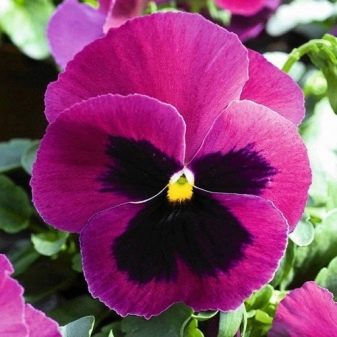
- "Moulin rouge". Viola, which has a special appeal because it boasts double petals. This hybrid has straight stems and allows for an attractive bouquet of flowers. It is a mixture of plants with different shades of flowers, all from a pink-burgundy palette with different intensities.
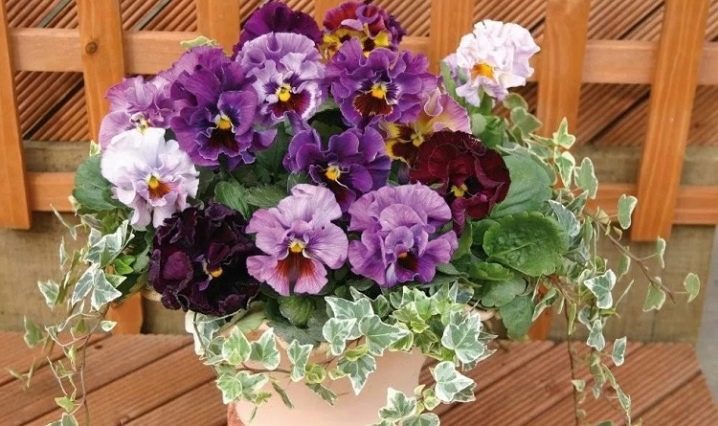
- Colossus. This is a biennial viola with flowers 90 mm wide. The color is very interesting: the edges are wine-colored, slightly lighter towards the core and dark inside. In hot climates, it is not prone to stretching shoots; after cutting, the flowers retain an attractive appearance for a long time.
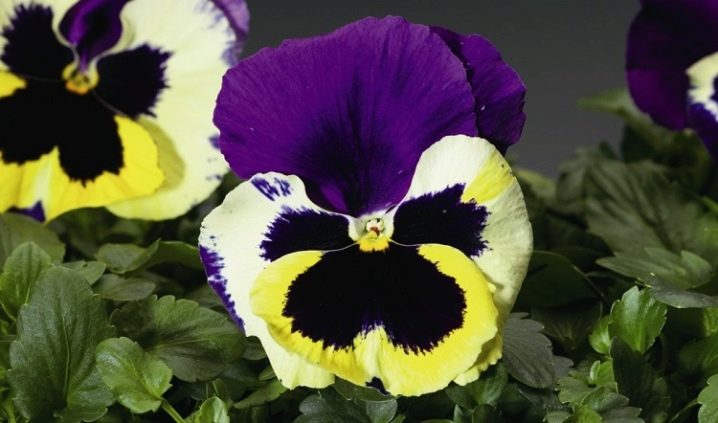
- Cats. The presented variety has several colors, sometimes you can buy a mix from seeds. There are viols in yellow, blue, white and two-tone options.This viola stands out with thin lines in the middle, which necessarily differ in shade from the main one.
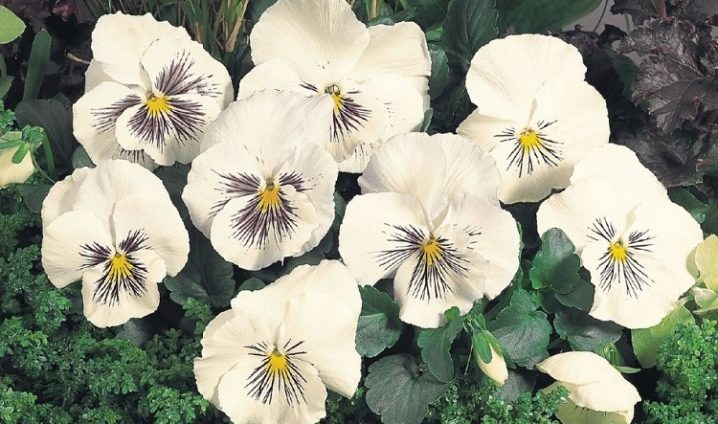
- "Matrix mix"... This is a unique collection of viola seeds of various shades. There are purple, burgundy, orange buds with two shades on the petals and monochromatic. Such a collection will be a good decoration for a flower bed, especially since the buds can grow up to 100 mm wide. These are one of the largest inflorescences.

Growing
This flower loves the sun, although it can grow in the shade, it will not bloom profusely or the flowers will become smaller in size. Loamy compost, enriched with moisture and minerals, is excellent as a soil.
The day before planting seeds in the ground, they must first be dried in a warm and dry room. Loose, moderately moist soil is ideal as a soil mixture, to which it is best to add a small amount of vermiculite.
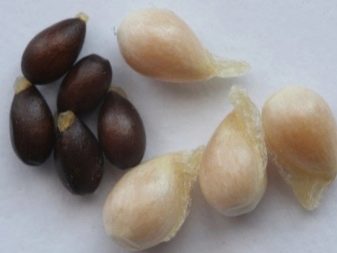
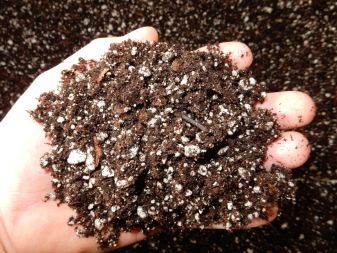
After sowing, containers or a garden bed in the open field are covered with a film, maybe glass. Light does not play an important role at this stage of germination, but it will improve the quality of the seedlings.
It is imperative to observe the temperature regime: for example, indoors or outdoors should be from + 18 to + 20 C.
Humidity will need to be maintained at 90% artificially - for this, the soil is periodically sprayed from a spray bottle. Seeds germinate one week after sowing.
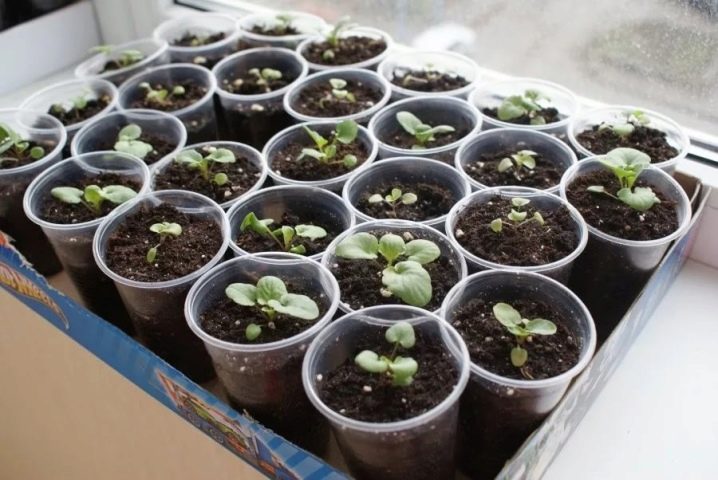
See below for more details.





































































































The comment was sent successfully.